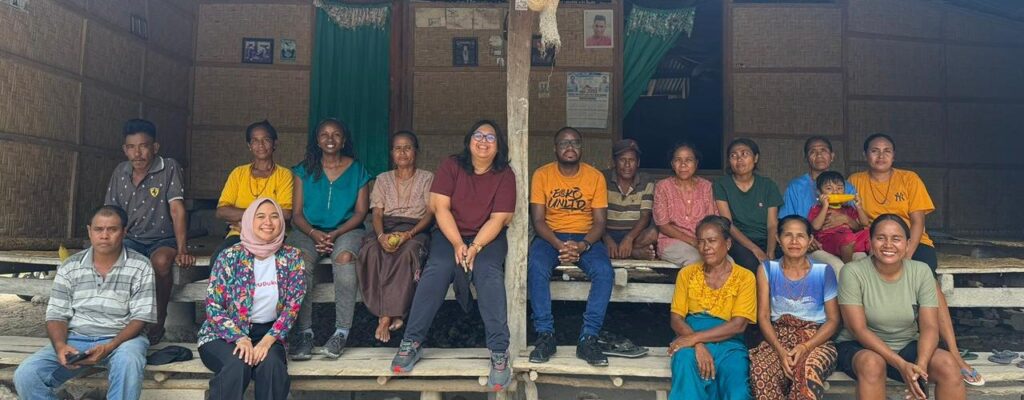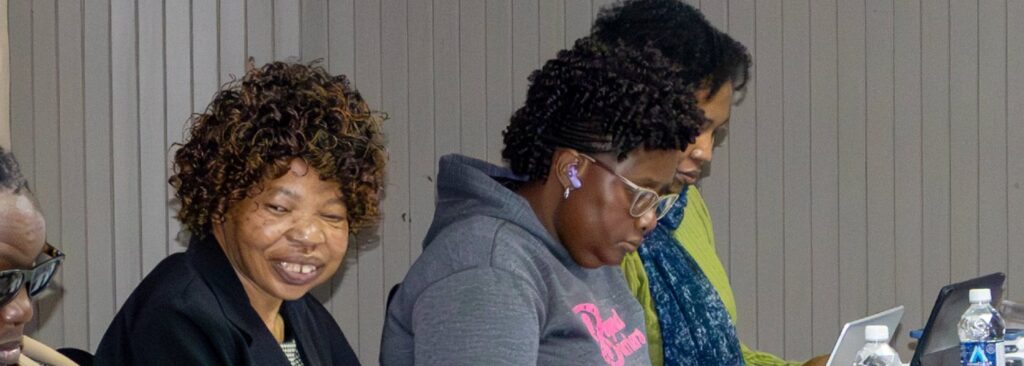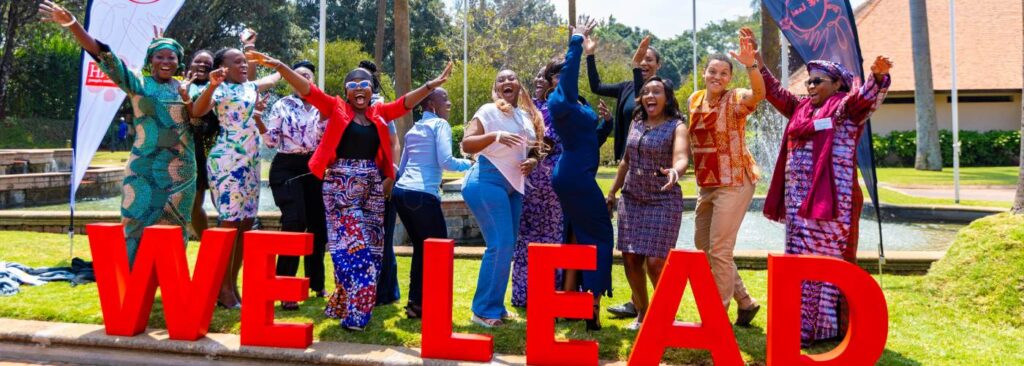Poisonous frogs are one of the planet’s most brightly colored animals. Depending on the species, they can be yellow, copper, gold, red, blue, green, black or a combination of those colors. More than enough choice for the designers of the new Rainforest Alliance seal, although a red frog might be the obvious choice as a tribute to the colour of UTZ’s original logo.
After months of rumors, the merger between the voluntary standards systems of Rainforest Alliance and UTZ is now official. An inevitable change, given the growing volumes of certified coffee, cocoa and tea available in producing countries and the stagnating demand in the mass markets of Europe and the United States.

In the last decade, the labels of both Rainforest Alliance and UTZ have been instrumental for corporations to distinguish their brands and improve their image. But the playing field is constantly changing, and a recent spate of mergers and takeovers has created new powerful players in the coffee, cocoa and tea sectors. Illustrative is the merger between Douwe Egberts Master Blenders and the Mondelēz coffee division in 2015, creating world’s largest coffee roaster: Jacobs Douwe Egberts (JDE). Although it is the number one buyer of UTZ Certified coffee, JDE is remarkably quiet about its sustainable procurement of coffee and tea, or its investments in farmer training at scale.
Today, outcompeting each other on sustainability merits has become increasingly difficult, as most corporations and retailers offer an array of certified products to their environmentally and ethically conscious consumers. Although the dominant players in the coffee, cocoa and tea sector might be convinced of the need to shift towards sustainable supply chains, they fight shy of the additional costs.
What has become obvious is that standards and certification do not provide a magic formula for either corporations’ market share or farmers down the line. They require a long-term commitment to ongoing capacity-building and serious investment to actually improve conditions down on the farm. It is also farmers who bear the majority of the costs and risks associated with certification, and when their products are not procured as such, they miss out on the benefits of preferential market access, direct commercial relations and premiums.
kjbfkjsabgv
Since sustainability is first and foremost a pre-competitive issue, new initiatives try to bring about sector-wide change, e.g. the Global Coffee Partnership and Sustainable Coffee Challenge, the Global Cocoa Agenda and TEA 2030. The different stakeholders (including smallholder farmers, industry, governments, unions, and NGOs) participating in these initiatives know that the problems of farmers, farm workers and their communities are often not addressed just by conforming to a set of sustainability standards. Nonetheless, in looking for alternatives they all struggle to define the sustainability journey and destination. Steering collective action in the coffee, cocoa and tea chains towards developing lasting solutions to sustainability issues remains a difficult yet pressing challenge.
The merger of Rainforest Alliance and UTZ might just be the bold move needed to shake things up a bit in these multi-stakeholder talking shops or convince corporations to go beyond “fair and green washing”. To achieve sustainable production models, where economic output is not the only measure of success, we need to leverage the value of standards systems and certification. Clearly, the new Rainforest Alliance standard will not be the solution; at best, it is an example of how to work on pre-competitive sustainability issues fully. Nevertheless, it provides us with actionable knowledge and a basis for cross-sector learning.
No connections



